Let's face it—lower back pain is one of the most common complaints in the gym. Whether you're deadlifting, squatting, or even just picking up a dumbbell the wrong way, your lower back often takes the hit. Cue the weight lifting belt—an accessory often seen as the magical solution for back issues. But does it really help? Or is it just another gym myth that refuses to die?
In this blog, we'll break it all down in a fun, science-based way. We'll dive into how weight lifting belts work, whether they help prevent or alleviate lower back pain, and when (or if) you should be using one. Let's get braced up!
What Does a Weight Lifting Belt Actually Do?
A weight lifting belt isn't just for looking serious at the squat rack. It serves a specific function: increasing intra-abdominal pressure (IAP). When you take a deep breath and brace your core into the belt, it creates a kind of internal pressure chamber. This extra pressure helps stabilize the spine, making it less likely to bend or collapse under heavy loads.
Think of it like this: your core is a soda can. When it's full and sealed (aka, braced), it's hard to crush. Add a belt to that? Now you've got a reinforced can. This stability allows you to lift heavier with better posture and potentially less risk.
The Science: Belts and Spinal Load
So, does wearing a belt actually reduce the stress on your lower back? Yes—kind of. Studies show that using a belt can reduce spinal compression during heavy lifts by about 10%. It also increases trunk stiffness and core stability.
And get this: belts can reduce the workload on the lower back muscles (like your erector spinae), because the belt helps carry some of the bracing load. That's why powerlifters often wear belts during 1-rep max attempts. But remember, the belt doesn't work on its own—you have to breathe and brace properly for it to do its job.
Can a Belt Fix Lower Back Pain?
Here's where things get tricky. If your back already hurts, strapping on a belt won't magically make the pain go away. In fact, most medical research shows that lumbar belts or braces don't offer long-term relief for back pain.
Think of the belt more like a supportive sidekick. It can offer temporary comfort, maybe even allow you to lift when your back feels a little tight. But it won't fix the underlying issue—especially if that issue is poor form, muscle imbalances, or insufficient core strength.
In short: belts are not a treatment for back pain. They can be a helpful tool, but they're no substitute for physical therapy, rest, and proper programming.
Prevention vs. Treatment: Know the Difference
A lot of gym-goers confuse preventing injury with treating one. Belts can help prevent injuries in certain scenarios—usually during heavy compound lifts like squats and deadlifts when lifting 85%+ of your one-rep max. The added pressure and stability may help reduce the chance of acute injuries.
But when it comes to treating existing back pain? Belts fall flat. Research shows they don't offer much in terms of pain reduction or long-term healing. If you're using a belt just so you can power through pain, stop. That's like putting duct tape over a warning light in your car. The problem is still there—you're just ignoring it.
The Risks of Over-Reliance
One of the biggest downsides of always wearing a belt? You might get lazy with your core. If the belt is doing all the work, your natural bracing muscles—transverse abdominis, obliques, multifidus—aren't firing like they should. Over time, this could actually weaken your core.
Wearing a belt for every set, every lift, every gym session? That's overkill. Use it sparingly, and only when it makes sense. Let your core muscles get strong on their own, too.
So... When Should You Use a Belt?
Most strength coaches and physical therapists agree: belts are most useful during very heavy lifts—think squats, deadlifts, or overhead presses at 85% or more of your max. If you're doing high-rep sets, machines, or light dumbbell work? Skip the belt.
Also, only use a belt once you've mastered proper form. A belt won't fix bad mechanics. It just reinforces whatever you're already doing—good or bad. So if your squat form is shaky without a belt, don't expect the belt to save you.
What the Experts Say
Dr. Aaron Horschig, a physical therapist and founder of Squat University, often says: "Don't use a belt to mask pain or dysfunction. Fix the issue first. Then use the belt to push performance."
Many other PTs echo this sentiment. Belts can be helpful—but only after you've built solid form, a strong core, and you're pain-free. Then, and only then, the belt becomes a tool—not a crutch.
How to Use a Belt Correctly
If you're going to use a belt, do it right. Here's how:
- Fit it snugly: The belt should be tight but not so tight you can't breathe.
- Position it properly: It should sit just above your hip bones, around your lower ribs.
- Brace into it: Take a deep breath into your belly (not your chest) and press your core out against the belt.
- Use during heavy lifts only: Don't wear it for warm-ups or light sets.
Remember: the belt doesn't do the work—you do.
What Kind of Belt Should You Get?
There are tons of options out there. Here's a quick breakdown:
- Leather belts: Thick and stiff, best for powerlifting.
- Nylon belts: More flexible, great for Olympic lifting or CrossFit.
- Velcro belts: Convenient but less durable; not ideal for super heavy lifts.
Choose one that fits your style of training and feels comfortable. A good belt should be 4 inches wide and 10–13 mm thick if you're lifting heavy.
The Bottom Line
Weight lifting belts are awesome—but they're not magic. They can help you lift heavier and may reduce stress on your lower back during big lifts. But they're not a cure for back pain, and they shouldn't be used to hide injuries or poor form.
Use a belt when it makes sense: heavy compound lifts, good form, no pain. Otherwise? Let your core do the heavy lifting.
Remember: your abs are the best belt you've got—train them well, and they'll take care of your back better than any piece of leather ever could.
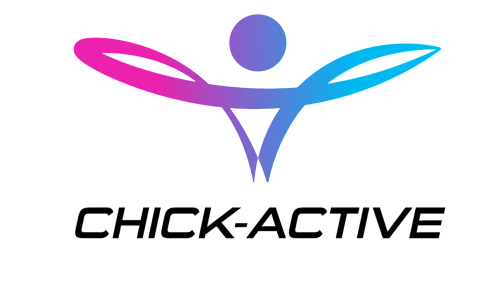
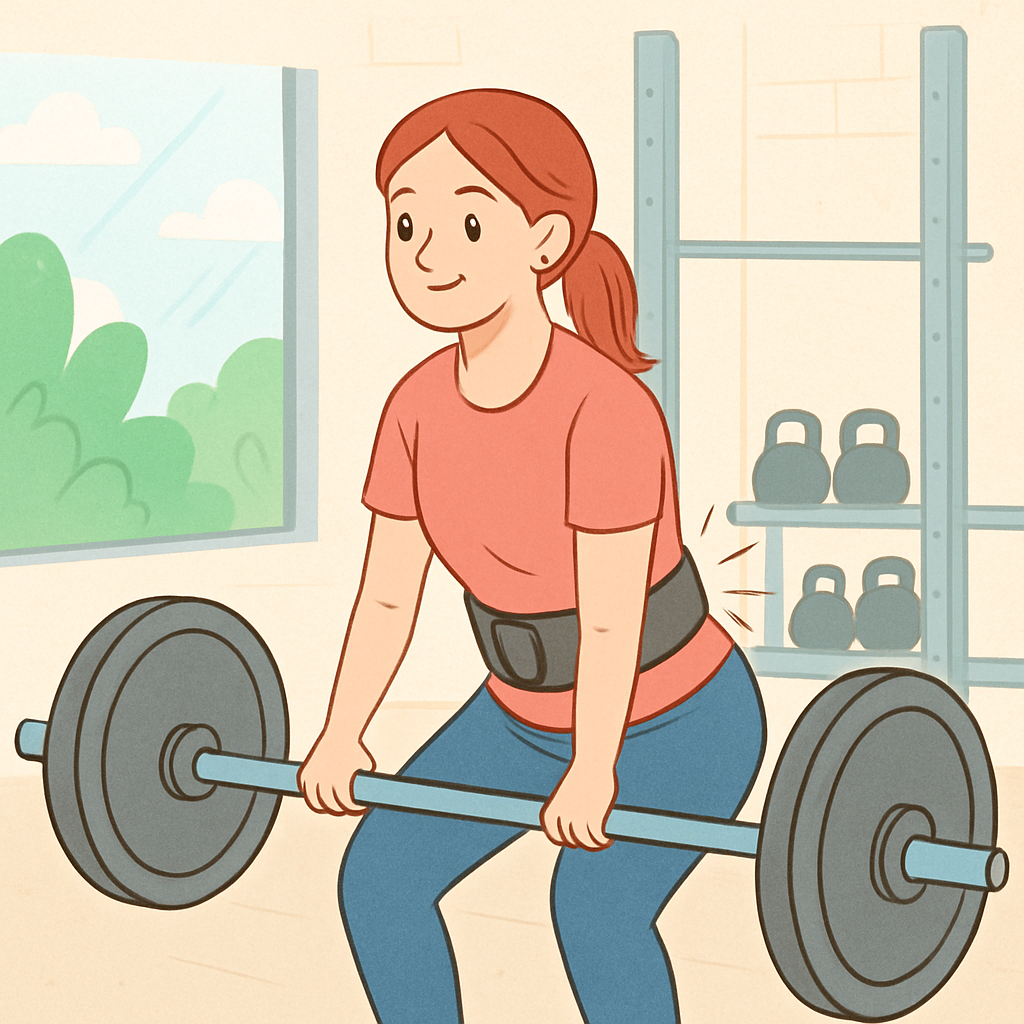
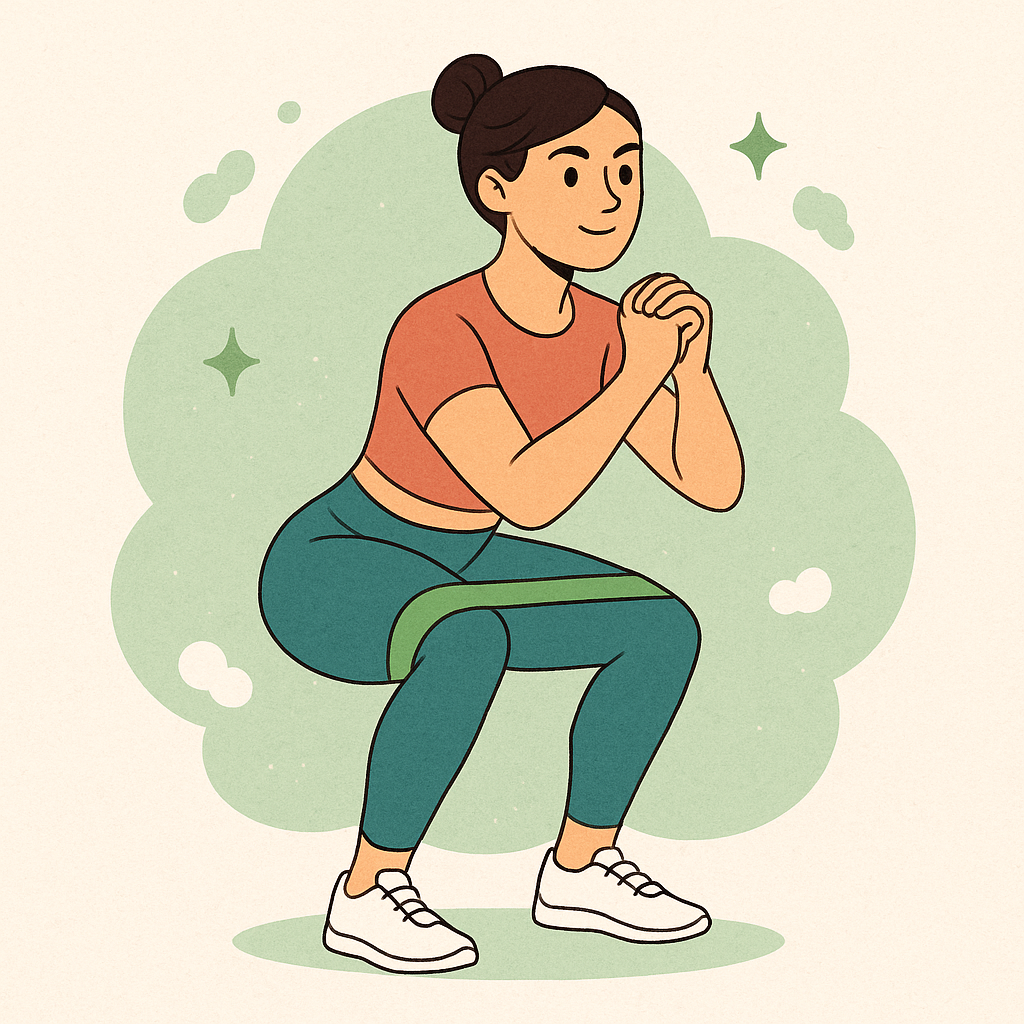
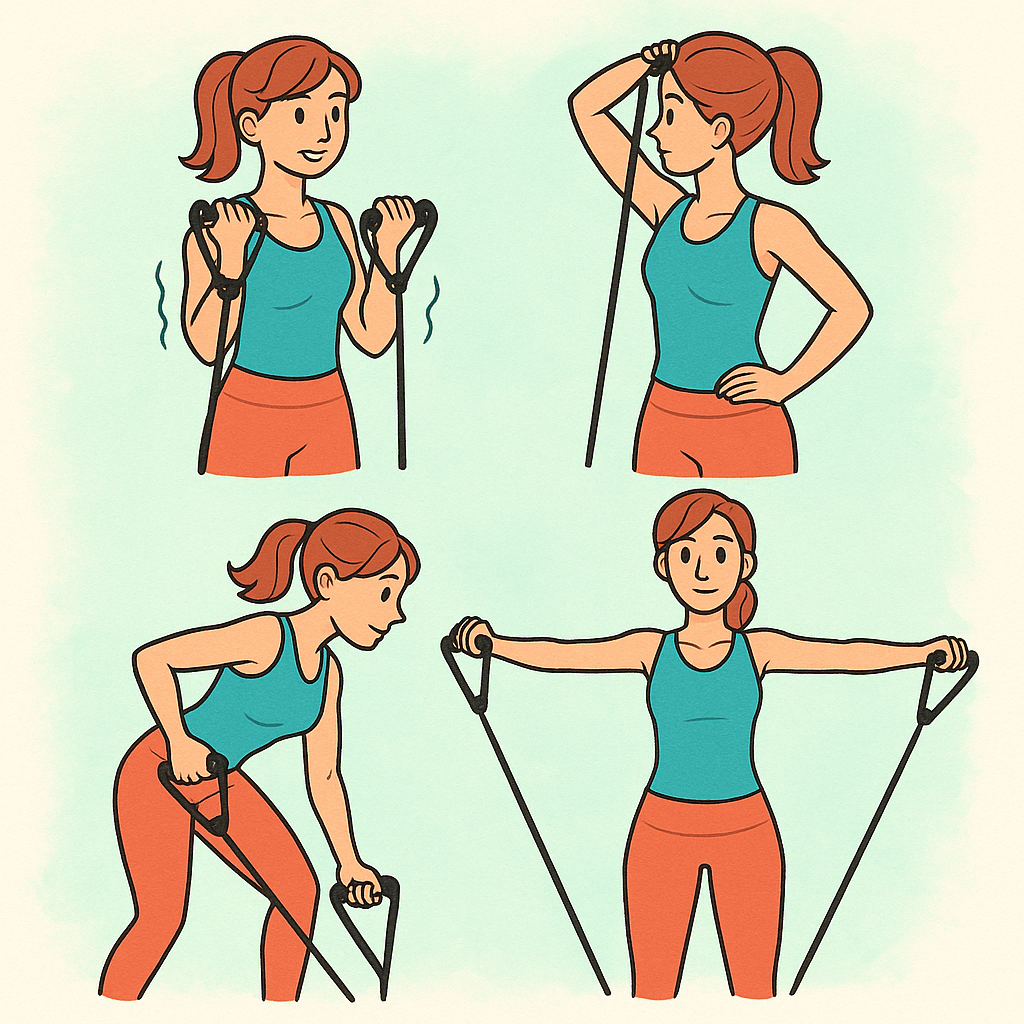
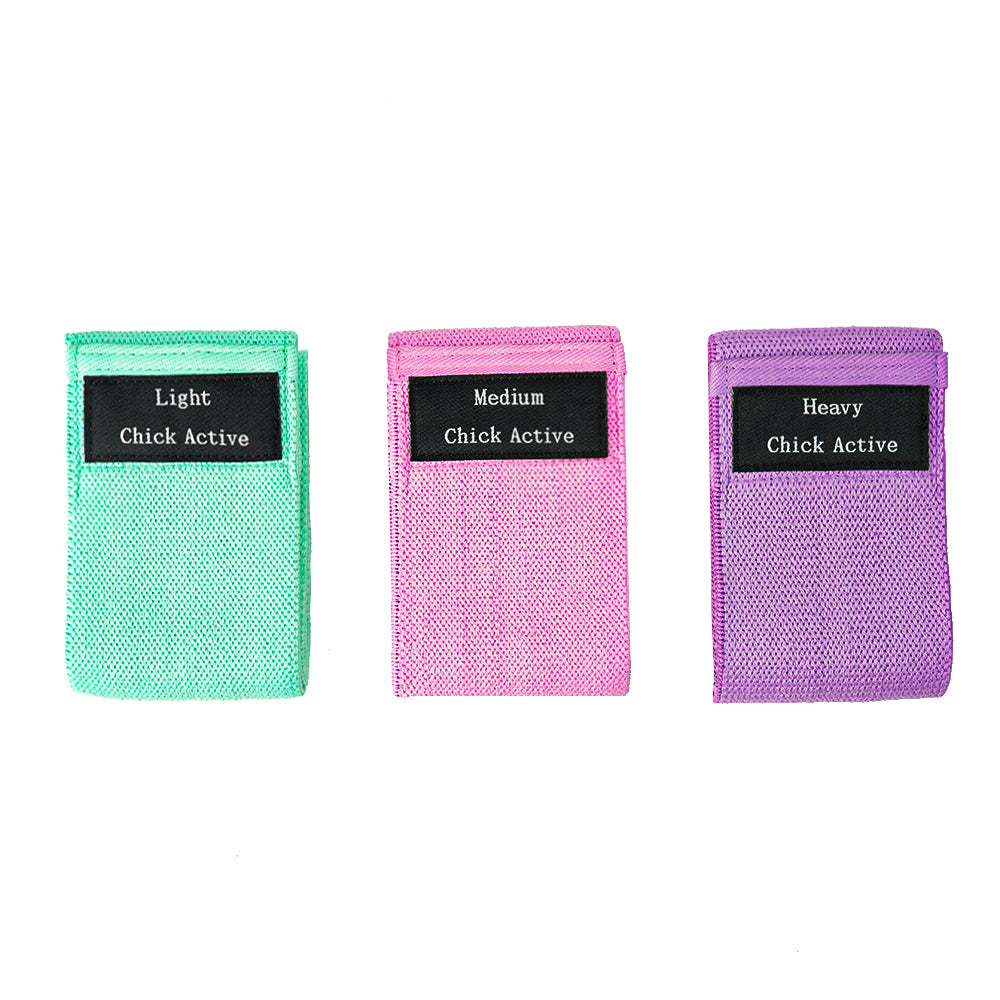
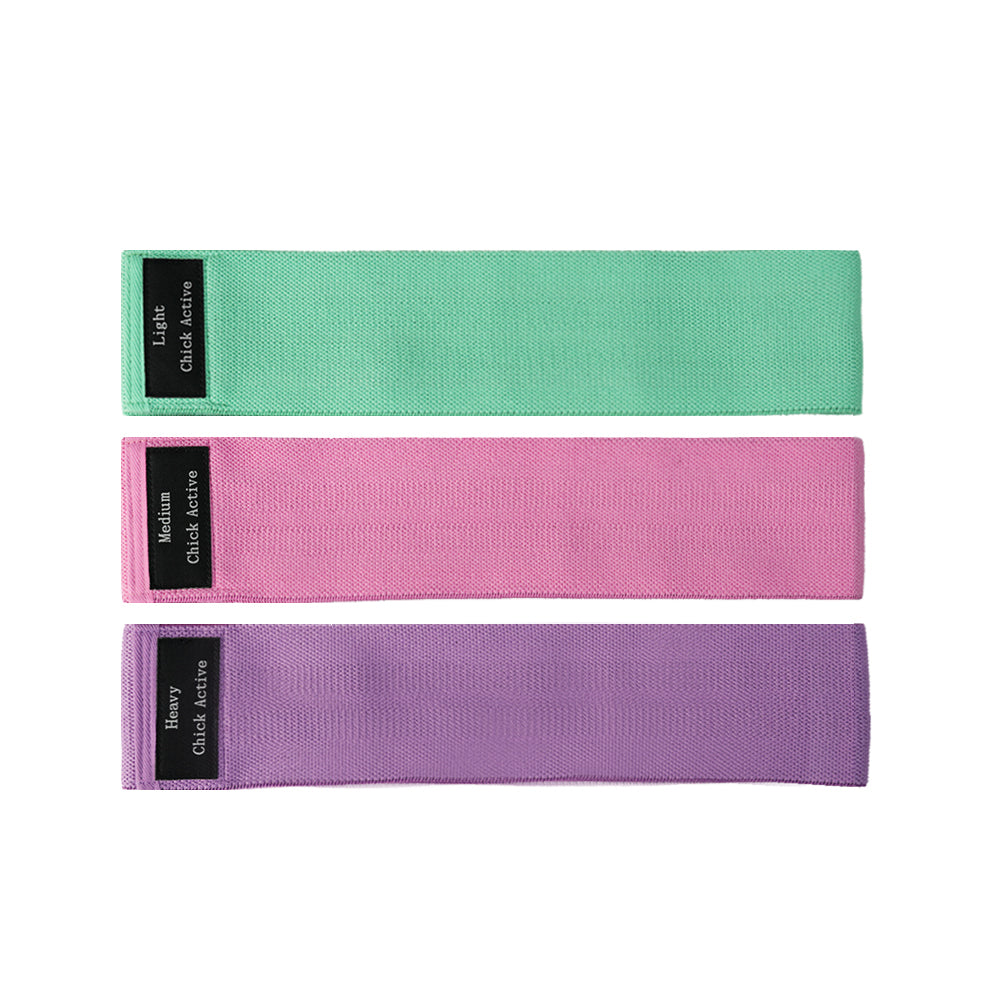


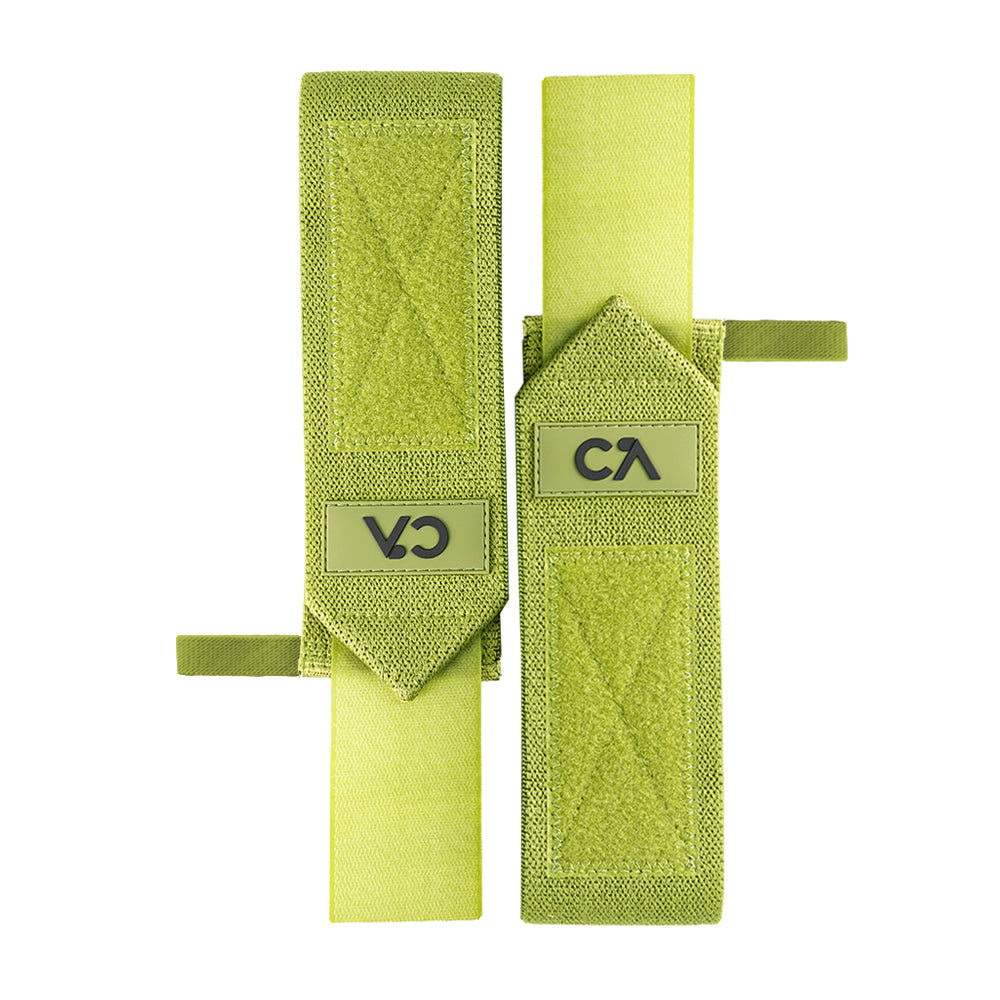
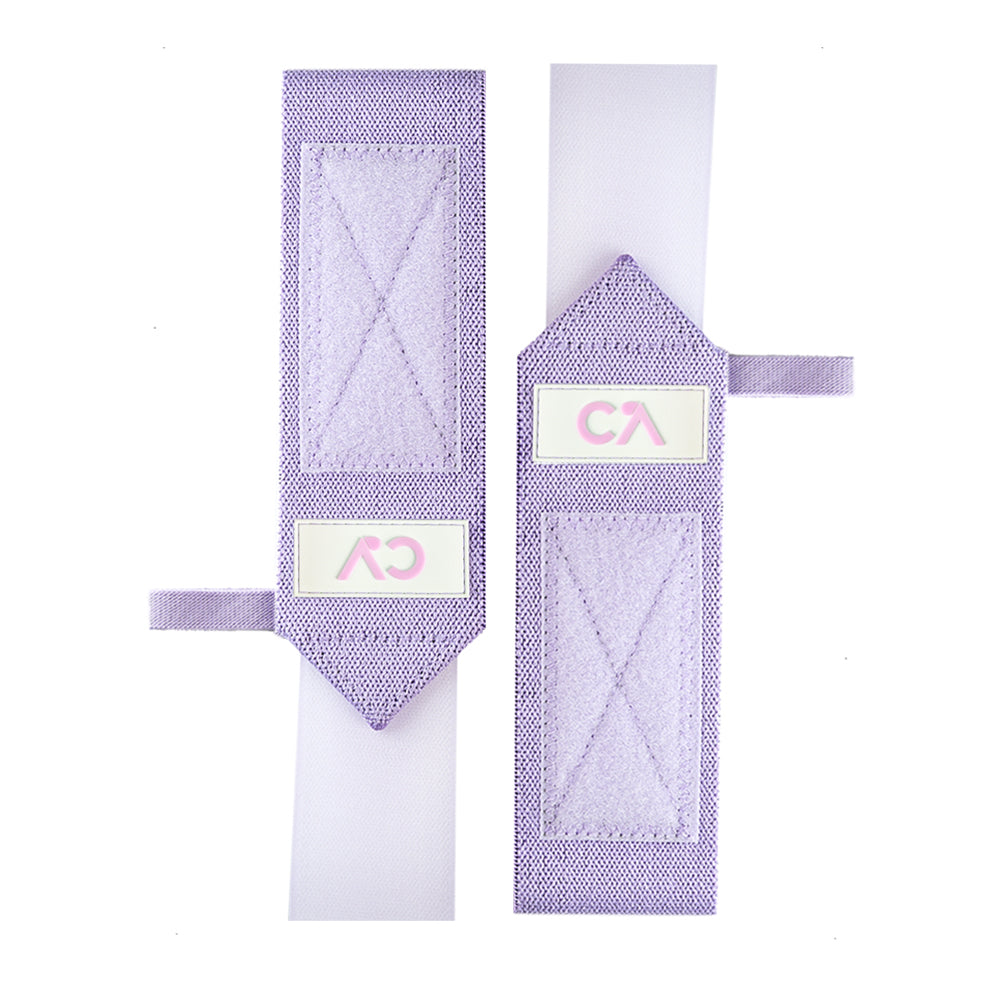
Leave a comment
All comments are moderated before being published.
This site is protected by hCaptcha and the hCaptcha Privacy Policy and Terms of Service apply.